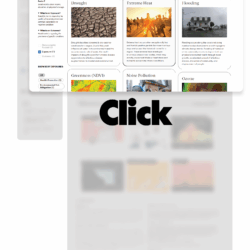learn.
Begin understanding how PRECEDE is informing design through research by unpacking the practice’s intersection with people and place.
Learn with these PRECEDE resources:
Place: Defining Health
When we put health front and center in the design process—early and intentionally—our work can promote health, mitigate risks, and adapt to climate change to meet the real needs of the communities we serve.
Check out this resource for information on our definition, data source, health mechanisms, and additional references. This is a valuable 101 before using the EXPLORE tool.
People: Understanding Populations
Beyond the fundamental health risk indicators, our design research responds to vulnerable populations and their interaction with the built environment. We start from the historical context and offer well-researched design solutions to directly address inequities for these marginalized populations.
Below you will find active research initiatives within PRECEDE. Stay tuned for regular updates!
Disability Inclusion
A Perspective Long Over-looked
Practice: Healthy Schools by Design
Healthy Schools by Design is a design-research-driven process that embeds rigorous research into practice from the start.
Created by interdisciplinary experts, this resource offers evidence-based design strategies, statewide support, case studies and literature reviews to support safer, healthier, and more responsive K–12 learning environments. We believe every space can be a healthy space!



